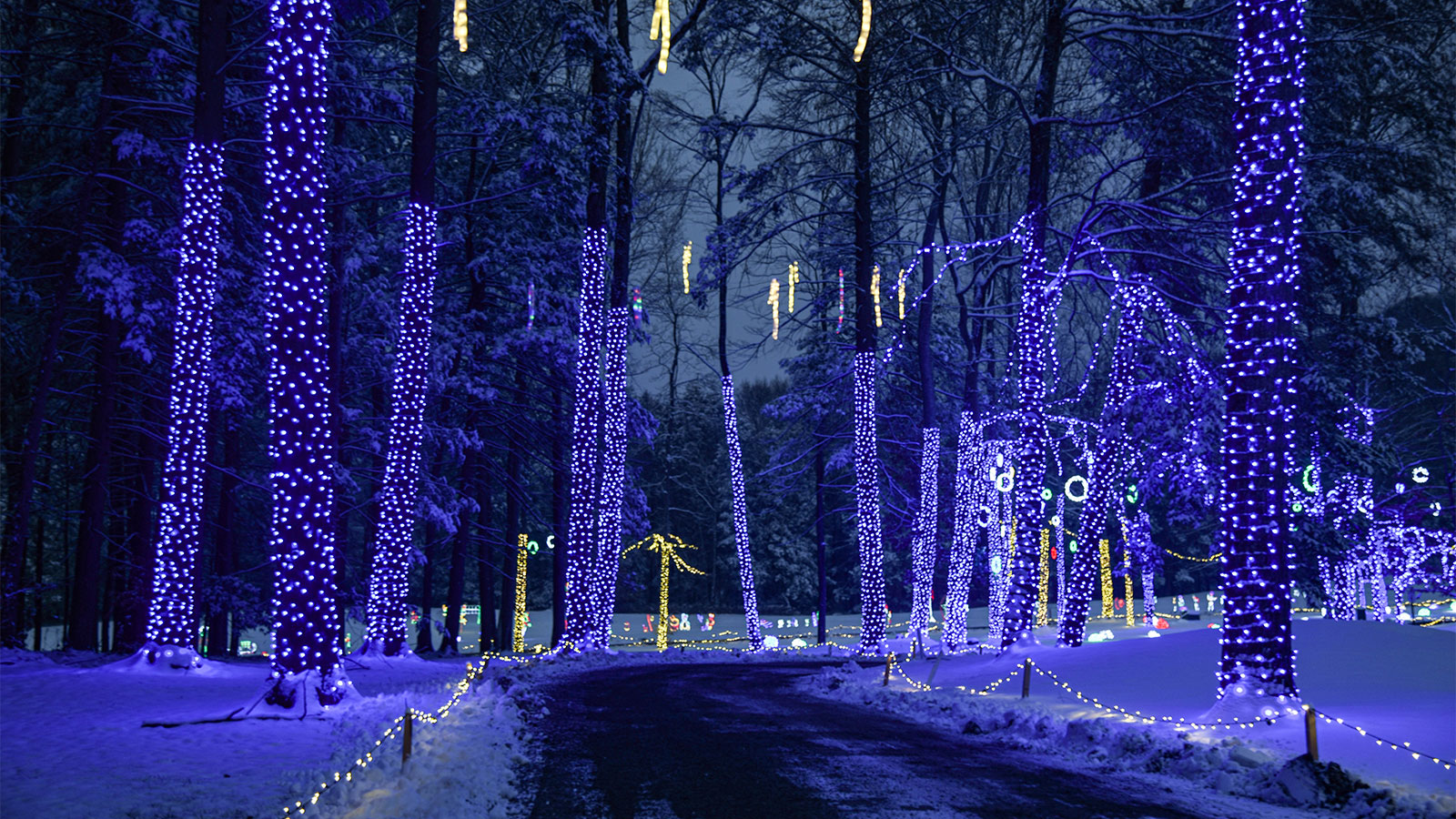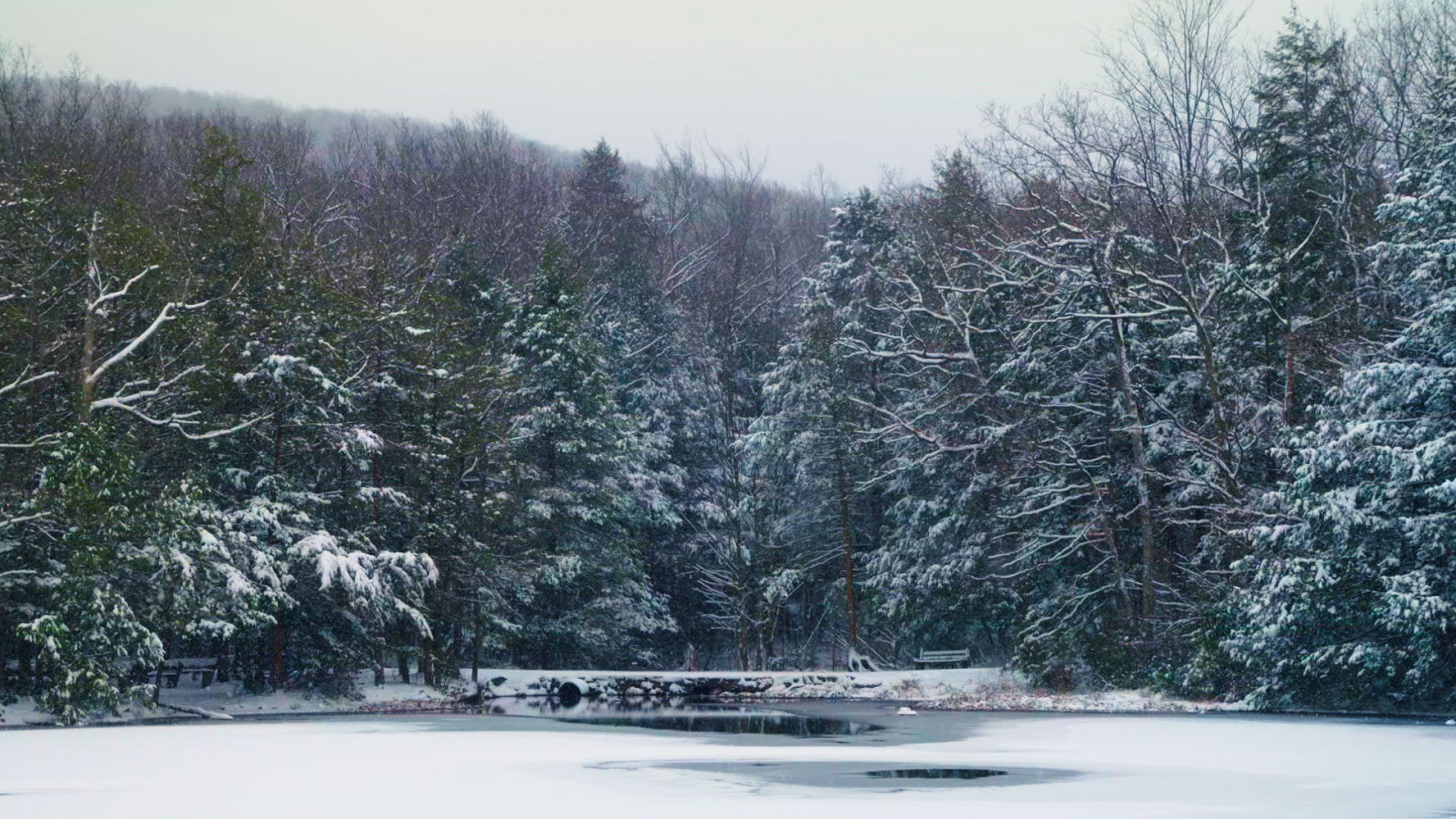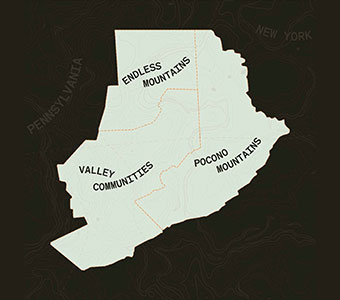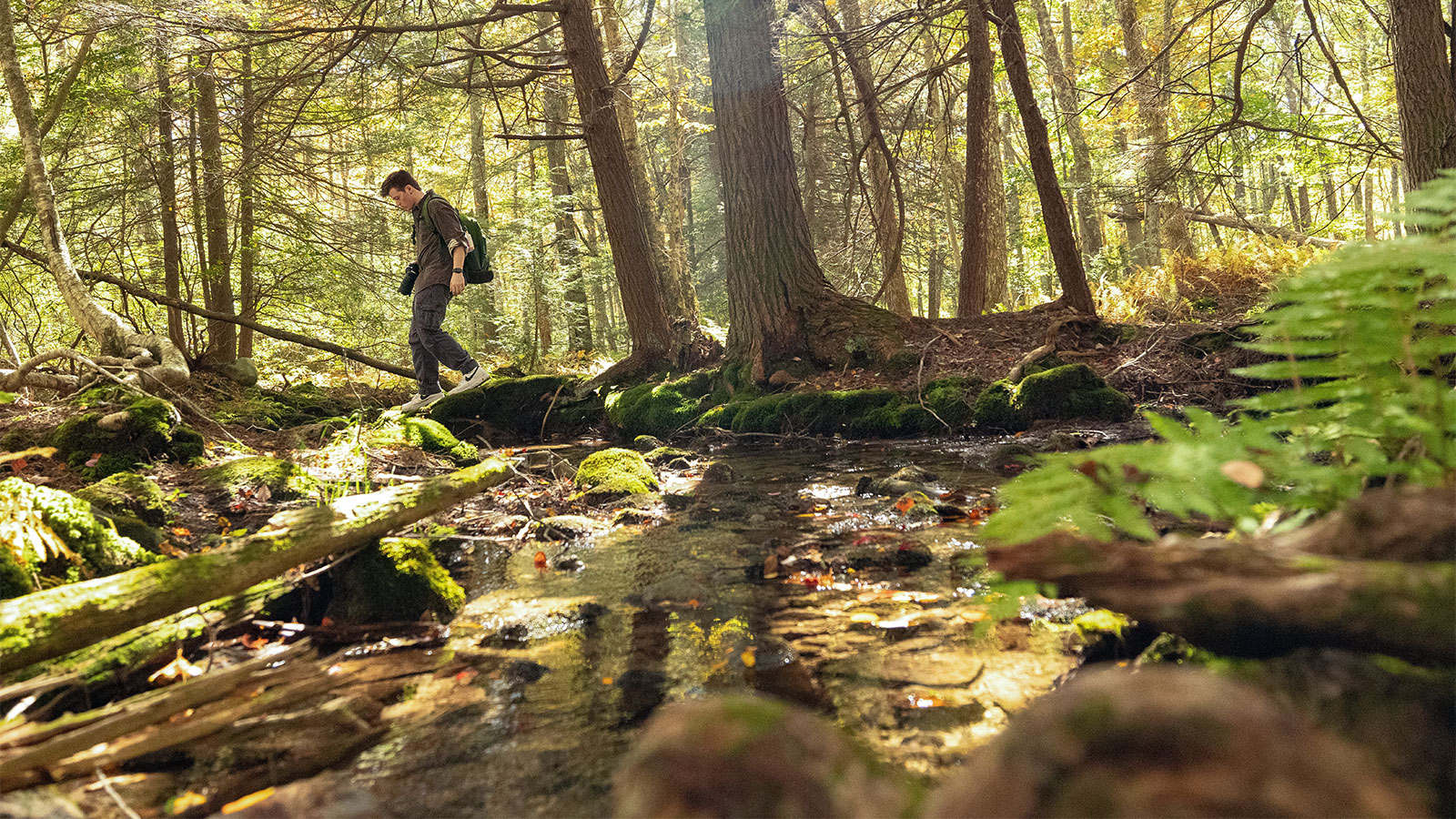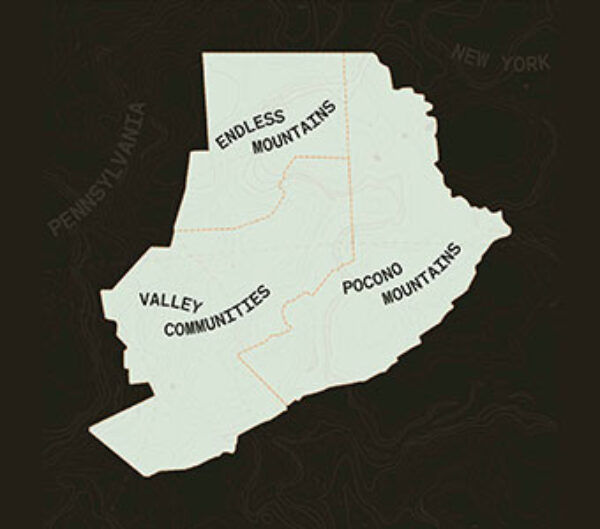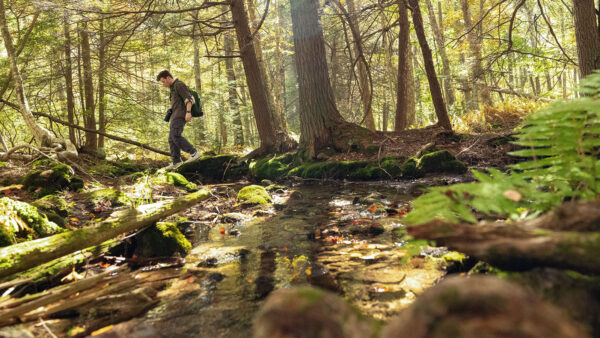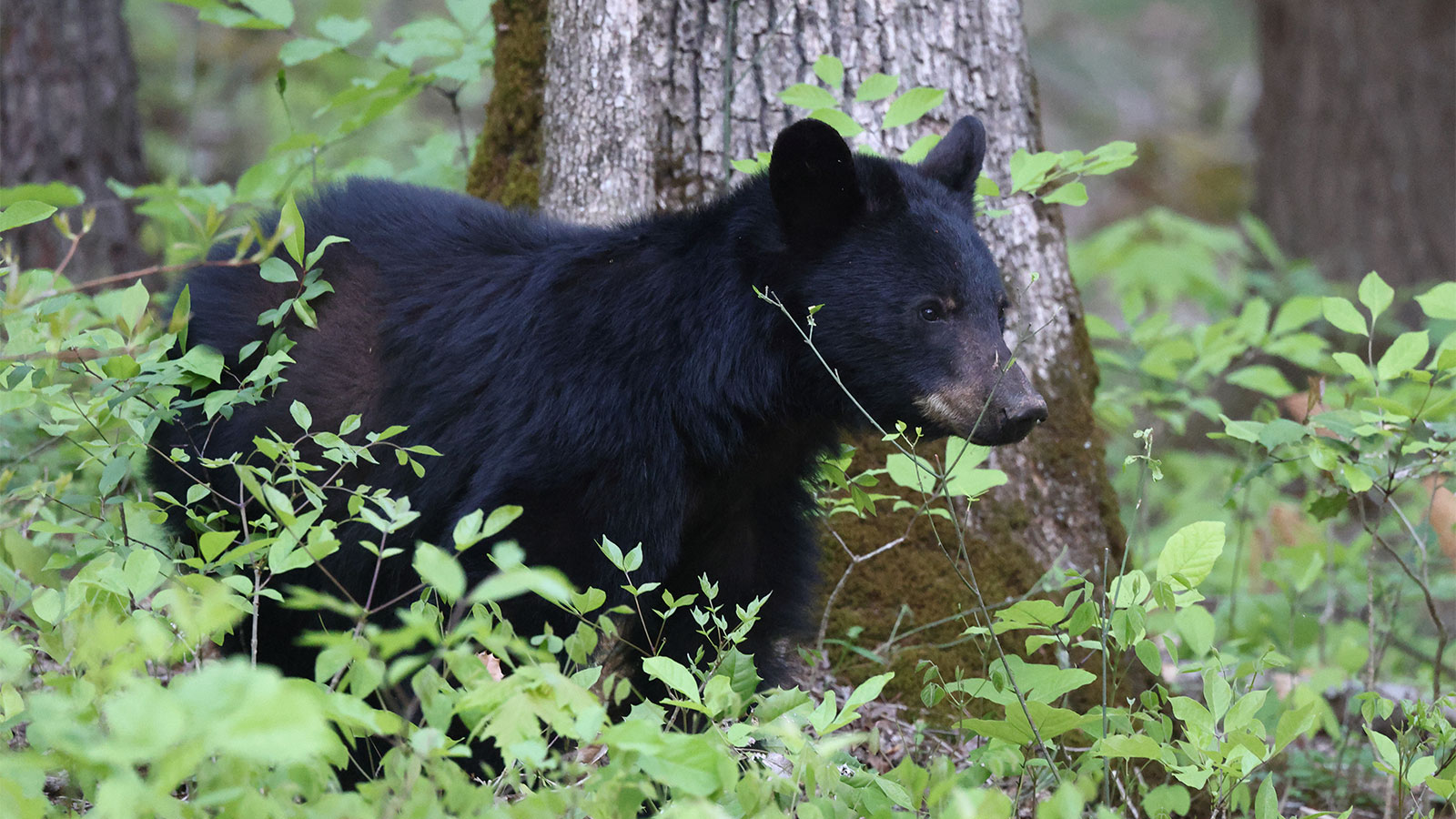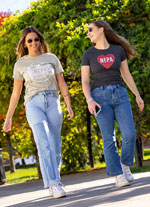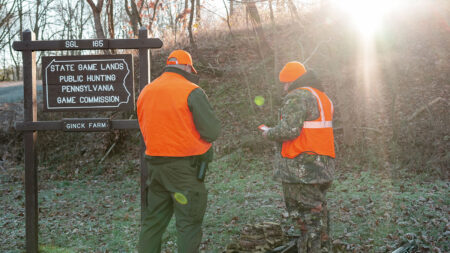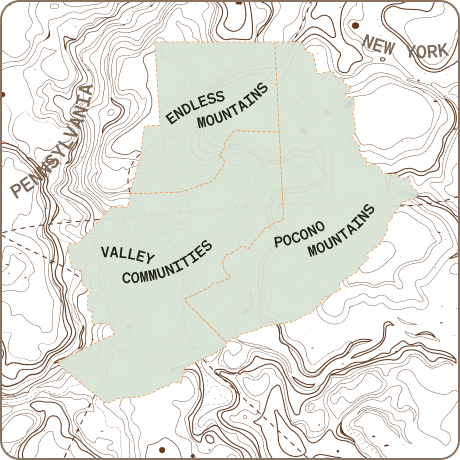DiscoverNEPA is all about celebrating Northeastern Pennsylvania’s abundant and vibrant natural spaces. We want you to get outside, relax and unwind in the mountain air, among the towering trees, along the crystal-clear lakes and streams. We just want to make sure everyone enjoys these places safely and respectfully.
That’s why we’re teaming up with state agencies, local conservation authorities and outdoor enthusiasts to bring you expert advice, tips and so much more to help you enjoy NEPA’s great outdoors.
Getting to Know the Pennsylvania Black Bear
If you are reading this post, chances are that you have had your own experience with one of Pennsylvania’s most interesting, secretive, and largest species of wildlife. Whether you have had your bird feeders knocked down and broken, garbage cans turned over, or given a healthy surprise while observing this visitor in your own backyard, many in NEPA have their own stories to tell. What I am referring to is the Black Bear.
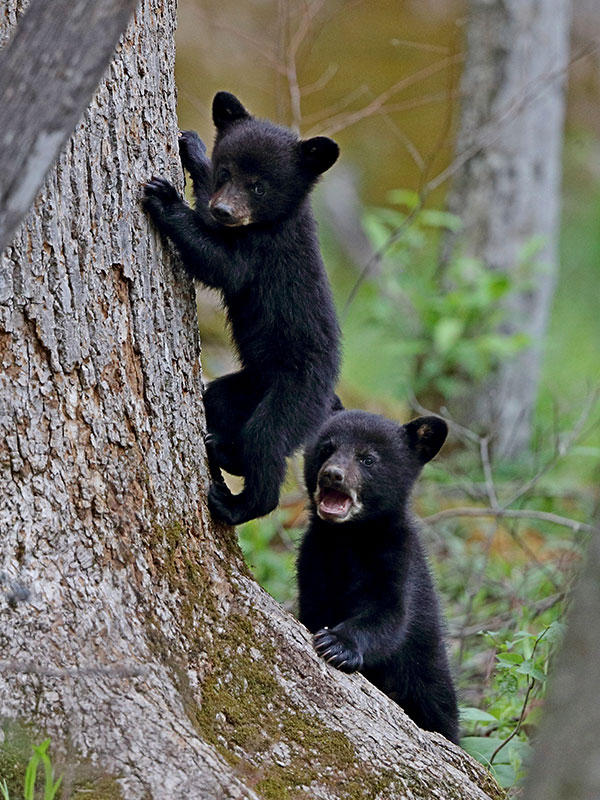
Black bear sightings are a rather common occurrence in Northeastern Pennsylvania.
In my time as a game warden, I have had plenty of experience handling bears, relocating nuisance bears, and speaking with members of the public about bear habits and behavior and ways to minimize any bear/human conflicts. From pulling live bears out from trees in downtown Scranton, being notified that there is a large bear in the middle of Marywood University during finals week, to research trapping and tagging bears in the middle of 50,000 acres of remote public lands, I’ve had my share of experience working with these magnificent species of wildlife.
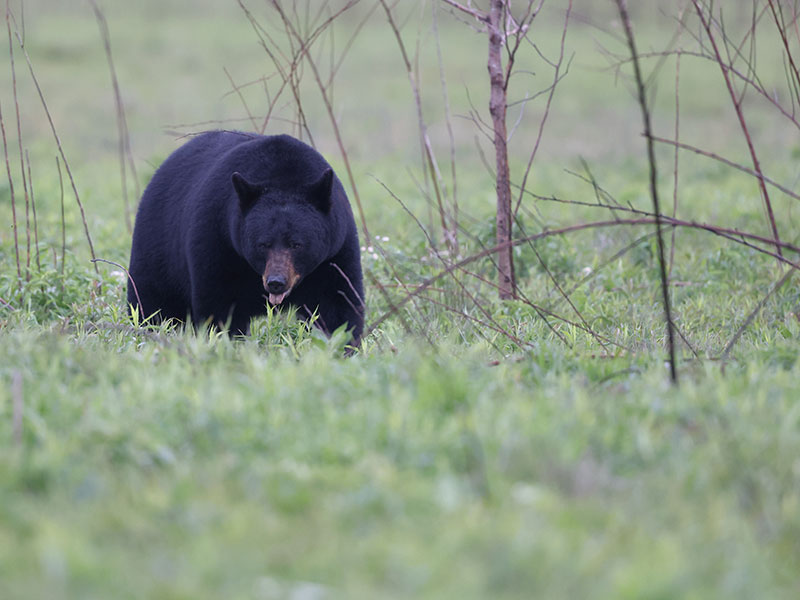
Bears are powerfully built animals.
Adults are 50 to 85 inches in length. They stand about 30 inches at the shoulder and weights range from 140 to 400 pounds, with some instances documenting bears at more than 800 pounds. Males, also called boars, tend to be considerably larger and heavier than females, or sows.
Bears find food mainly by scent. They are opportunistic feeders, with a largely vegetarian diet but also eat meat. Common foods are fruit, mast (acorns, hickory nuts and beechnuts), grasses, insects, plant roots, reptiles, small mammals, and you guessed it, garbage. Enhancing forest diversity and protecting the large component of nut-producing trees found in Pennsylvania forests is probably the single best habitat – management tool for bears.
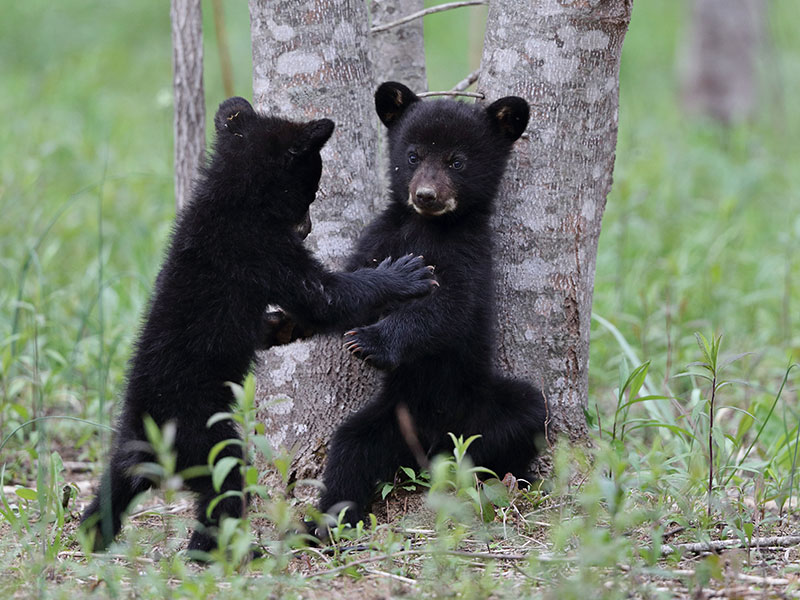
Bears are most active at dusk and dawn, with slightly lower activity levels during the day.
They can also become nocturnal to avoid human activity. Alert and wary, they tend to avoid open areas. Individual bears are solitary unless with cubs or during the breeding season. While most bears will run from a human, some that live in close proximity to people can and will become habituated and appear indifferent. Bears that become accustomed to people can be attracted into backyards if a food source is present. Bird feeders, garbage cans, and backyard grills can all draw bears into your property. Bears that learn to forage on human provided foods often become nuisances, causing property damage, and increasing the risk of causing a human/bear conflict. Eliminating these attractants typically prevents these types of problems.
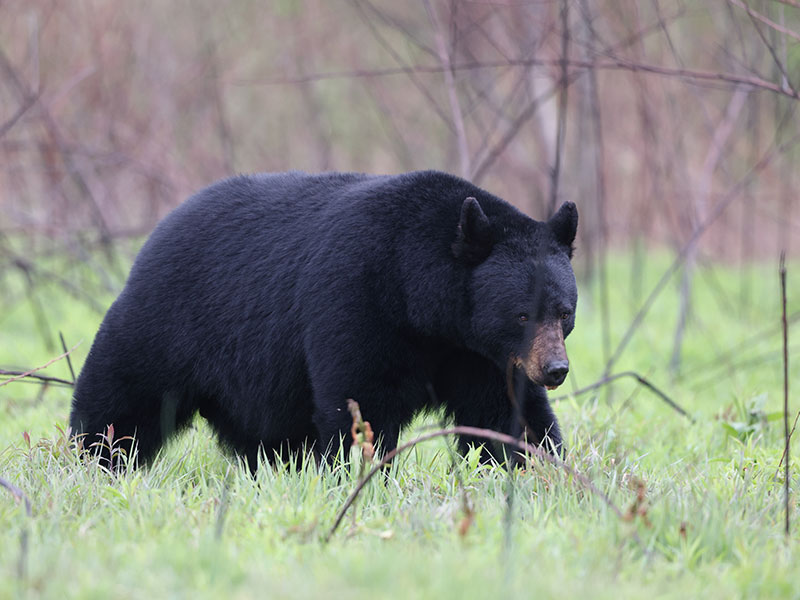
In Pennsylvania, Black Bear populations are estimated to be around 15,000 bears statewide.
This has grown substantially from the 1970’s when the bear population was estimated to be at 5,000 bears. This increase is due to the Pennsylvania Game Commission properly managing habitat and closely monitoring harvest rates through highly regulated hunting opportunities and activities. The length and timing of hunting seasons is set every year such that populations with greater human/bear conflicts are reduced or stabilized while areas with few conflicts are allowed to have their population numbers increase. All population trends and harvest levels are closely monitored annually by Pennsylvania Game Commission staff.
If you would like to find out more on black bears, how to live in bear country, or how to avoid bear conflicts on your property, please visit www.bearwise.org.
Featured image (top) courtesy of PA Game Commission.

